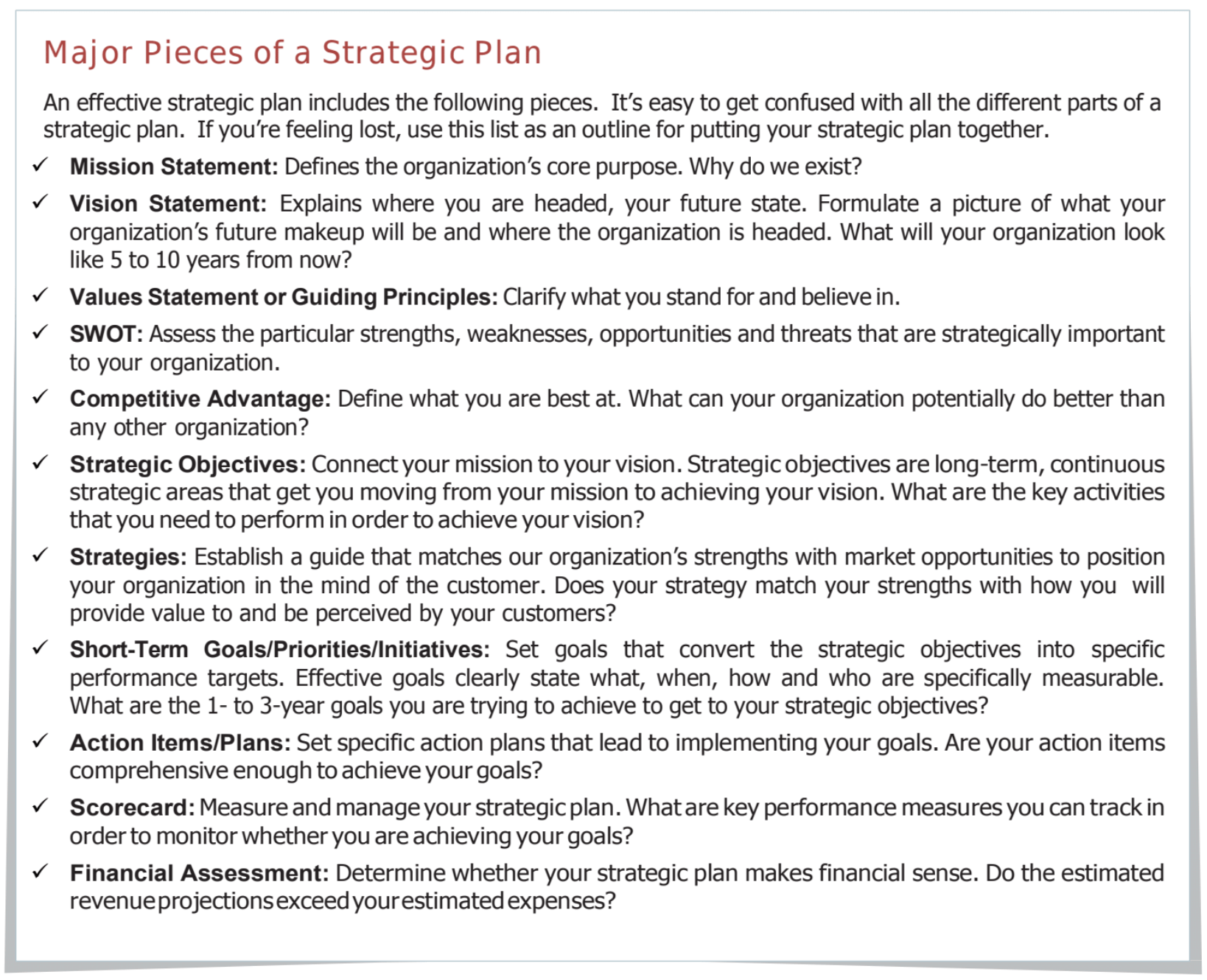
When President John F. Kennedy gave his famous “moon speech” at Rice University on that late summer day in 1962, he gave people something to believe in. Speaking with confidence and purpose, he stood before the crowd and painted a picture so clear that the entire country couldn’t help but be compelled to believe in his vision. In an era of great uncertainty, Kennedy declared, “We choose to go to the moon. We choose to go to the moon in this decade and do the other things, not because they are easy, but because they are hard, because that goal will serve to organize and measure the best of our energies and skills, because that challenge is one that we are willing to accept, one we are unwilling to postpone, and one which we intend to win.”
Just eight years later, Kennedy’s vision was realized. In looking back on this pivotal moment in American history, it becomes clear that it could never have been accomplished without both the vision and a collective effort. The people of the United States’ needed to feel inspired and to be part of something bigger than themselves. This is what great leaders do. They are able to paint a polarizing vision of the future so clear and compelling that everyone is either compelled and completely drawn toward the vision or they are repelled and move away from the vision. For those looking to harness the power of their HERD, it begins with this very important concept of establishing and regularly communicating a compelling/repelling vision.

What is a vision? While it may seem like a simple question, the answer is a bit more complex. Many companies believe that they have a “vision,” but their “vision” is just a collection of words without any meaning. Using phrases such as, “we intend to be the best” or “we strive to create high-quality products” doesn’t motivate customers to “buy, and certainly doesn’t motivate employees to want to come to work every morning. A true vision has meaning and purpose. It clearly states where your company is going and how it intends to get there – like a powerful marquee on the front of a bus stating clearly where the organization is headed. When your HERD hears this message, it should be so vivid in their mind that they are compelled to get on the bus and every challenge is seen as an opportunity to leverage their strengths to help the bus reach the destination. They should be drawn to it like a magnet and wake up everyday committed to the cause and see their work as truly meaningful.

But, if a vision isn’t just a collection of words, what exactly is it? The difference in the way Microsoft and Apple market their products is a perfect example. When the Zune was released in 2006, Microsoft had indeed created a great device. It was well-designed, functional, and reliable. However, they made a fatal mistake in communicating why customers needed their product. When advertising the Zune they were fairly straightforward and focused on the technical aspects. Consumers were bombarded with the differences between 16, 32, and 64 GB storage capacities and eventually the array of different applications available. But, they never really communicated the value of their product. Apple did the exact opposite. When the iPod hit the market, they weren’t focused on the technical aspects. They were focused on the value they were bringing to people’s lives. Their advertisements were filled with phrases such as “5,000 songs in your pocket” and people dancing alone to express individuality. Consumers clearly received the message because the Zune is now a footnote in the history of technology.

By focusing on the value and telling a compelling story, Apple was able to grow their cult-like following and create one of the most popular products of all time. Companies who want to create a compelling and engaging vision must do the same thing. A vision should clearly relate the value you are bringing to the world – both internal and external customers. It should ultimately be constructed in a way that every stakeholder in the organization understands your very purpose for being in business.
As the future of work unfolds and modern organizations continue to adapt to a constantly changing environment, there is no substitute for the value of clear and compelling vision. Before the individual strengths of each member of your HERD can be unleashed, they must see the future as bright and want to be part of something bigger than themselves. Opportunities should constantly be given for professional development and growth. But, these opportunities shouldn’t be just the chance to learn how to create a better PowerPoint, but a chance to see their role within the company as valuable. An opportunity to showcase their unique skills and abilities.
As time goes on, this type of company culture only results in an environment in which team members want to provide value to both customers and to others in the organization. They see their work as meaningful and as a part of something bigger than themselves.
If you are interested in learning more about how to harness the power of your HERD and leverage the unique individual strengths within each of your team members, KnowBullU is for you. KnowBullU is designed for modern companies and leaders looking to create a powerful and compelling vision which ultimately results in success. By taking advantage of straightforward sessions and a set of remarkable tools, you can “ring the bell” everyday.







